Curved glass, an architectural marvel that has captivated designers and builders for centuries, finds a unique and enchanting application in garden design. The history of curved glass dates back to the ancient Egyptians and Romans, but its modern use in gardens has elevated the art of outdoor spaces to new heights. This article explores the mesmerizing world of curved glass in garden design, including its application in greenhouses, outdoor garden buildings, patios, swimming pools, and more.
Origins of Curved Glass
The origins of curved glass can be traced to the earliest civilizations, where artisans and craftsmen in Egypt and Rome developed the techniques of glassblowing and glass manipulation. These early experiments with glass led to the creation of curved glass vessels, but it wasn’t until the Middle Ages that stained glass windows in Gothic cathedrals showcased the true artistic potential of curved glass.
Today, modern technology allows for precise glass curving into graceful and organic forms, giving architects and garden designers the tools they need to realize their visions. Curved glass is created through processes like hot bending or laminating, where sheets of glass are heated and molded into the desired shapes. This versatility has made curved glass an integral part of contemporary garden design.
Curved Glass in Greenhouses
One of the most iconic uses of curved glass in garden design is in greenhouses. Glass greenhouses are spaces dedicated to nurturing plants, and curved glass plays a crucial role in providing the ideal environment for their growth.
The curved glass roofs and walls of greenhouses allow sunlight to filter through at various angles, maximizing the exposure of plants to natural light throughout the day. This diffusion of sunlight creates a nurturing atmosphere for a wide range of flora. The curved design also helps to distribute rainwater more evenly, preventing the formation of puddles that can harm delicate plants.
The visual impact of curved glass in greenhouses is equally striking. The gentle curves add an element of elegance and sophistication to the garden space, making the greenhouse a functional structure and a piece of art. The play of light on the curved glass surfaces creates a dynamic interplay between the interior and exterior, blurring the boundaries between the garden and the structure.
Outdoor Garden Buildings
In garden design, outdoor buildings such as pavilions, gazebos, and pergolas are essential elements that offer shelter, shade, and a place for relaxation. Curved glass is often incorporated into the design of these structures to provide a seamless connection between the garden and the built environment.
Curved glass walls or canopies in outdoor garden buildings offer panoramic views of the surrounding landscape while sheltering occupants from the elements. This design choice adds a sense of luxury and sophistication to the garden, making it an ideal spot for hosting gatherings or simply enjoying the natural beauty of the outdoors.
The use of curved glass in these structures also allows for the incorporation of innovative architectural elements, such as spiral staircases or suspended walkways. These features serve functional purposes and become focal points that enhance the overall aesthetic appeal of the garden.
Patios and Swimming Pools
Patios and swimming pools are popular garden design components, providing relaxation and recreation spaces. Whilst glass might not be the most suitable pool decking material, it can be used to incredible effect within the pool and patio design. Curved glass can be employed in the design of these areas to create visually stunning and functional features.
Curved glass balustrades or partitions around patios and swimming pools offer safety without obstructing the view. This design choice ensures that the garden’s natural beauty remains uninterrupted, while the glass’s reflective qualities add glamour to the space.
Furthermore, curved glass can be used to create unique water features or sculptures within the garden, such as curved glass fountains or cascading water walls. These artistic additions provide a soothing ambiance and serve as focal points that draw attention and admiration.
Artistic Expression and Sustainability
Beyond its functional advantages, curved glass in garden design is a form of artistic expression. It allows designers to experiment with form and light, creating captivating spaces that evolve throughout the day as sunlight plays across the surfaces.
Additionally, curved glass can contribute to sustainability efforts in garden design. Low-emissivity coatings on curved glass can help regulate temperatures within garden structures, reducing the need for excessive heating or cooling. This energy-efficient design enhances the eco-friendliness of the garden and promotes a harmonious coexistence with nature.
In conclusion, the use of curved glass in garden design represents a harmonious blend of artistry and functionality. Whether in greenhouses, outdoor garden buildings, patios, or swimming pools, curved glass elevates the aesthetics of garden spaces while enhancing their practicality. It invites the beauty of the natural world into the architectural realm, creating gardens that are not only striking but also sustainable and inviting. The legacy of curved glass continues to evolve, pushing the boundaries of what is possible in the world of garden design.

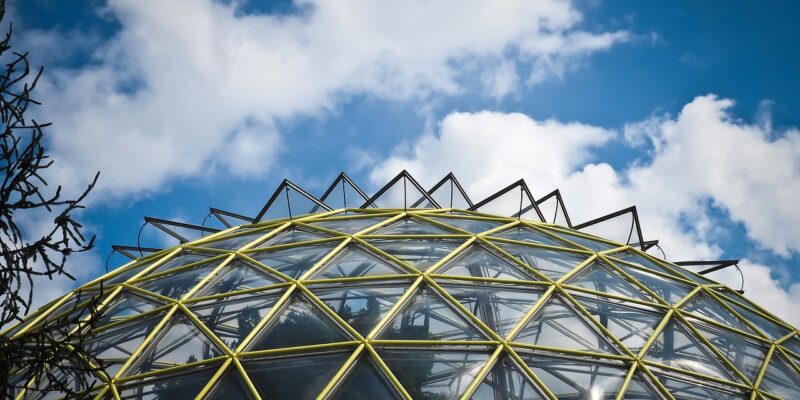



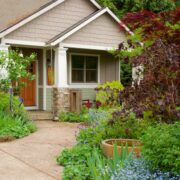
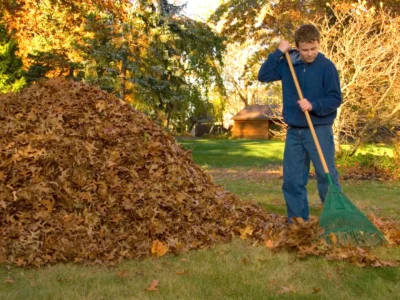
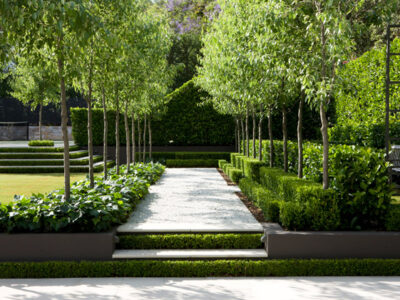
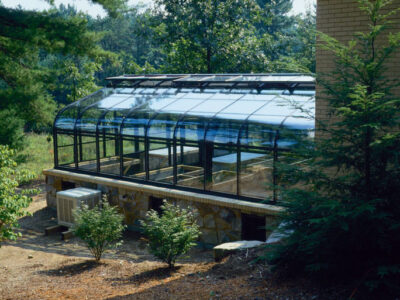
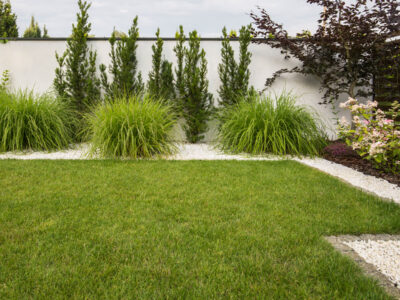
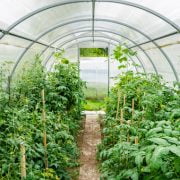
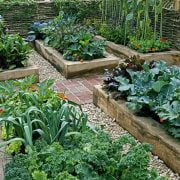
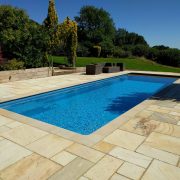
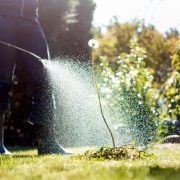
Comments